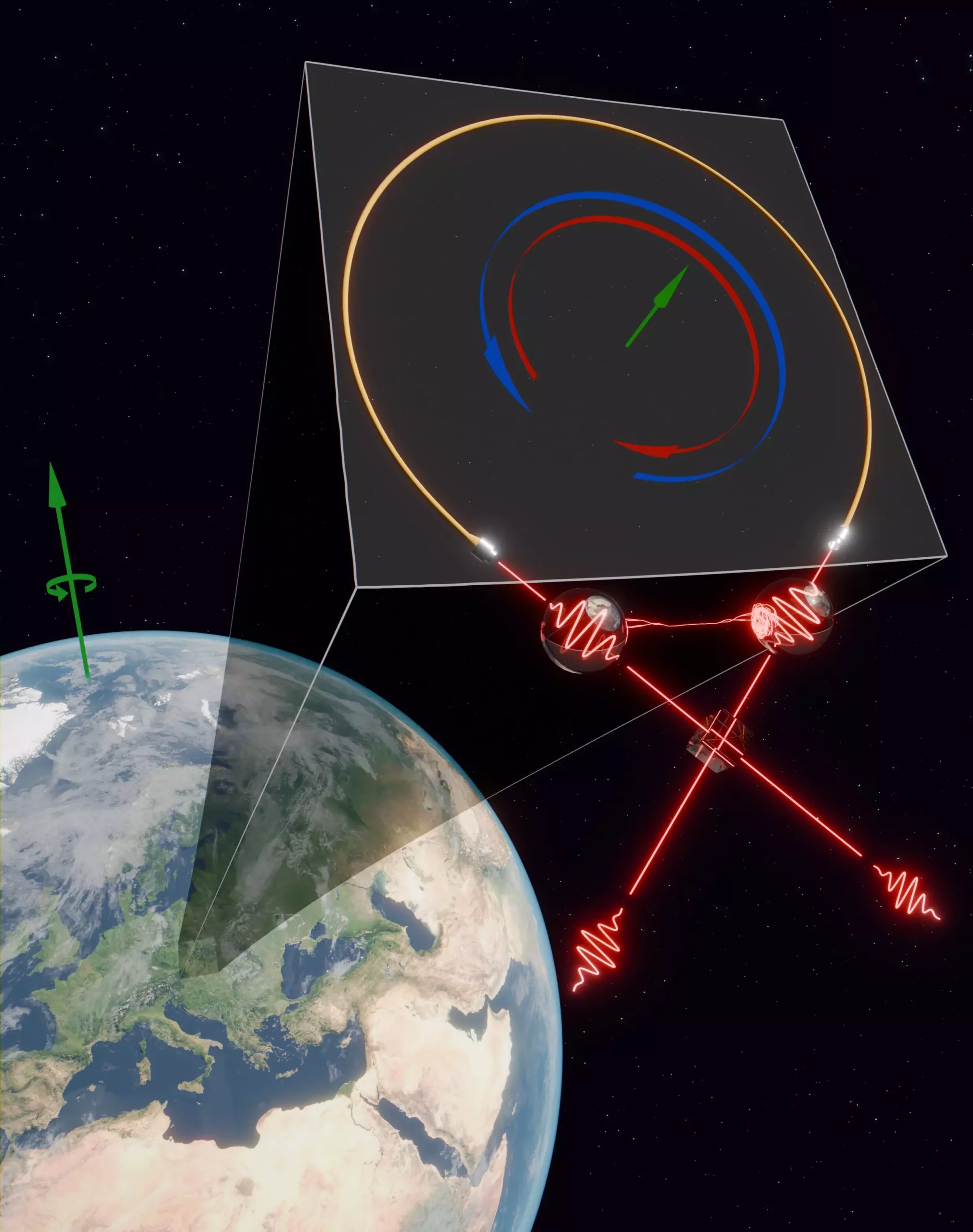In a groundbreaking experiment conducted by a team of researchers led by Philip Walther at the University of Vienna, the effect of Earth’s rotation on quantum entangled photons was measured. This study, recently published in Science Advances, represents a significant leap in the field of rotation sensitivity in entanglement-based sensors. The implications of this research could potentially open up new avenues of exploration at the intersection of quantum mechanics and general relativity.
Optical Sagnac interferometers are known to be the most sensitive devices when it comes to measuring rotations. Since the early years of the last century, these interferometers have played a crucial role in our understanding of fundamental physics, contributing to the establishment of Einstein’s special theory of relativity. Today, their unparalleled precision makes them indispensable for measuring rotational speeds, with limitations imposed only by the boundaries of classical physics.
Entanglement-based sensors employing quantum entanglement have the potential to transcend these classical boundaries. When particles are entangled, the overall state is known, while the state of individual particles remains undetermined until measured. This unique property allows for the extraction of more information per measurement than would be possible without entanglement. However, the delicate nature of entanglement has hindered the promised quantum leap in sensitivity.
In the Vienna experiment, researchers built a massive optical fiber Sagnac interferometer, keeping noise low and stable for extended periods. This enabled the detection of high-quality entangled photon pairs, surpassing the rotation precision of previous quantum optical Sagnac interferometers by a thousandfold. The unique behavior exhibited by entangled particles in a Sagnac interferometer, where they act as a single entity testing both directions simultaneously, allowed for super-resolution in the experiment.
A significant obstacle faced by the researchers was isolating and extracting Earth’s steady rotation signal. To overcome this challenge, they devised a method of splitting the optical fiber into two equal-length coils connected via an optical switch. By toggling the switch on and off, the rotation signal could be effectively canceled at will, extending the stability of the apparatus. This innovative approach essentially tricked the light into operating as if it were in a non-rotating universe.
The successful observation of Earth’s rotation on a maximally entangled two-photon state confirms the interaction between rotating reference systems and quantum entanglement. This thousand-fold precision improvement represents a significant milestone in the field. The researchers believe that their results and methodology lay the foundation for further enhancements in rotation sensitivity of entanglement-based sensors. This could potentially pave the way for future experiments exploring the behavior of quantum entanglement within the context of spacetime curvature.


Leave a Reply